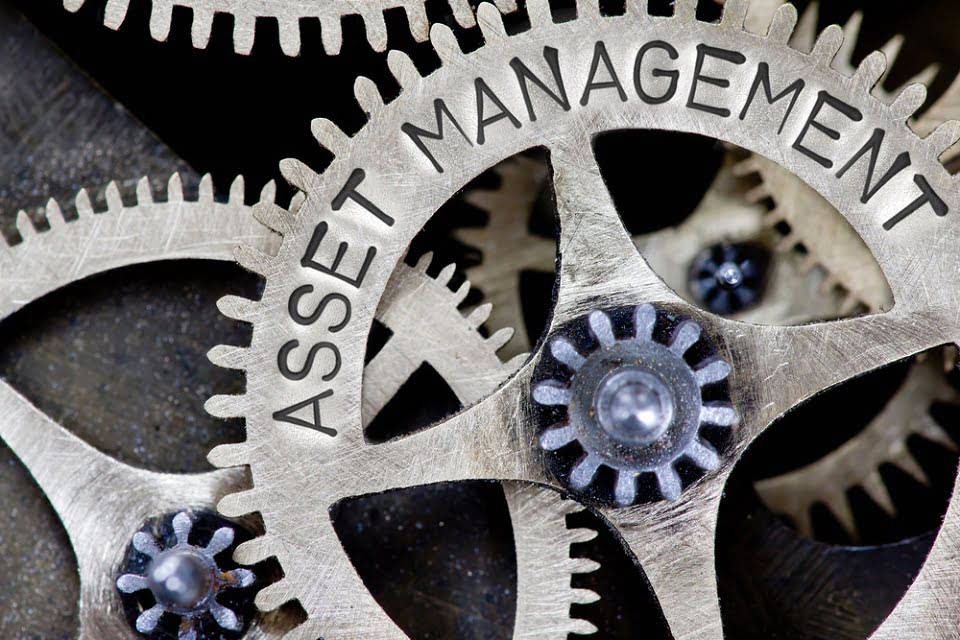
While cost reduction focuses on lowering unit costs, strategic cost management integrates cost analysis with a company’s strategic goals. It involves making decisions about which costs to incur (good costs that create value) and which to reduce or eliminate (bad costs that don’t add value). It is a long-term, proactive approach that aims to build a sustainable competitive advantage rather than just achieving short-term savings. Another similarity between cost control and cost reduction is their reliance on data and analysis.

Supports strategic planning
- Meeting the biological criteria is only one step in the decision to embark upon an elimination or eradication programme.
- Conversely, Cost Reduction is a technique used to save the unit cost of the product without compromising its quality.
- By analyzing spending patterns, operational efficiency, and financial reports, businesses can uncover inefficiencies or redundant activities.
- In contrast, cost reduction seeks to achieve lower cost levels than those currently being incurred, pushing the organization toward greater efficiency and profitability.
- Compare actual savings to the projected targets, and assess the broader effects on productivity, customer satisfaction, and team morale.
It is a continuous process that involves regular monitoring of expenses, budget adherence, and corrective actions to address any deviations. For instance, a business might track daily expenses during a marketing campaign to ensure that spending does not exceed the allocated budget. Cost control focuses on short-term financial discipline by ensuring that spending aligns with budgets and predefined limits. It emphasizes maintaining stability and preventing cost overruns rather than implementing Outsource Invoicing changes to reduce costs permanently.

Comparison with related terms

Cost control provides the foundation by establishing discipline and accountability in spending. It ensures that the organization doesn’t hemorrhage money through uncontrolled expenses. Once this foundation is solid, cost reduction initiatives can be implemented to drive further improvements and competitive advantages.

Cost control benefits and limitations 🔗
- Think of it as setting up guardrails on a mountain road – the goal is to keep your vehicle (costs) within safe boundaries to prevent going over the edge (budget overruns).
- Prevention practices are essential for preserving wetlands, groundwater sources and other critical ecosystems – areas in which we especially want to stop pollution before it begins.
- Lastly, it implements corrective actions to correct the variances identified.
- A well-thought-out and properly implemented cost reduction programme is a boon to the undertaking.
The major techniques which used in cost control are standard costing and budgetary control. It is a continuous process which helps in analyzing the causes for variances. By implementing cost-cutting measures, control and reduction definition organizations can quickly reduce their expenses and improve their financial position. This can be particularly beneficial during periods of economic downturn or when facing financial constraints. The major techniques used in cost control are standard costing and budgetary control. It is a continuous process as it helps in analysing the causes for variances which control wastage of material, any embezzlement and so on.
Cost reduction isn’t just about cutting expenses—it’s about applying strategic, data-driven techniques to manage and reduce costs while maintaining operational efficiency. Here are some of the most effective techniques that help organizations stay financially healthy and competitive. By cutting unnecessary expenses, renegotiating supplier agreements, improving processes, and reducing waste, businesses can realize significant cost reductions.
Understanding which expenses are essential ensures that critical business activities are not compromised. Regular evaluations of essential costs can reveal opportunities to reduce overheads, such as switching to energy-efficient utilities or renegotiating supplier contracts. Understanding direct costs allows businesses to assess product profitability and make informed decisions about pricing and resource allocation.
Digital Marketing
- When workflows are poorly designed, employees waste time navigating unclear procedures or duplicating efforts.
- Large organizations with complex cost structures face difficulties in identifying and addressing inefficiencies.
- It should not be introduced merely because other concerns have done it, and it is fashionable to do so.
- It also helps organizations remain agile by enabling quick responses to financial deviations or economic changes.
- The pay offs seem to be quite attractive, in the form of reduced expenditure, better cost consciousness among employees, and higher profits for further growth.
The criticisms should be accepted in right spirit with honesty and grace by all, so that corrective action may be taken in time. An overzealous approach to cutting costs can often degrade product or service quality, damaging a brand’s reputation and customer trust. Similarly, overly strict cost control might pressure departments to make decisions based solely on budget constraints rather than business value. A balanced approach promotes short-term financial discipline while supporting long-term fiscal health. Cost control ensures that organizations do not exceed budgetary limits, which helps maintain consistent cash flow and prevent financial overextension.
Can a Company Eliminate All Its Risks Through Risk Control?
In fact, 35% of the companies that cut their expenses in 2023 saw costs return. Moreover, approximately 27% of organizations reported that trimming costs actually hindered their business growth and operations. Cost control, also known as expense control, refers to the practice online bookkeeping of analyzing, monitoring, and optimizing expenses to make sure every dollar spent brings value to your business. Cost control also helps you mitigate the pitfalls of cost reduction and maintain product quality with reduced expenses. Risk control is a critical component of modern business management, enabling companies to identify, assess, and mitigate potential hazards and threats to their operations and objectives. Companies can minimize potential harm to stakeholders, employees, customers, and the environment by implementing risk control measures.


